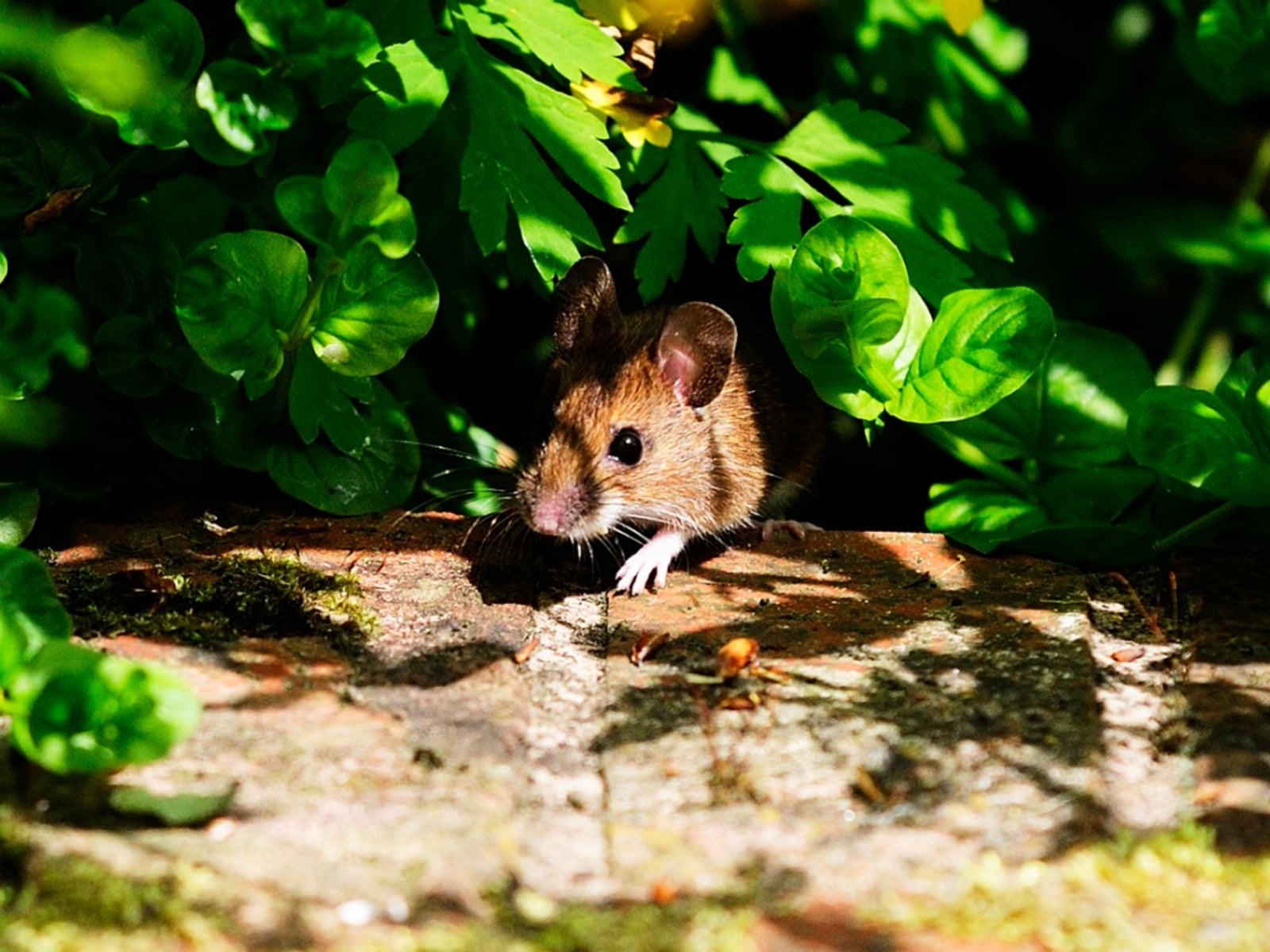Mice In The Garden: Tips For Getting Rid Of Mice


By: Bonnie L. Grant Mice in the garden are a nuisance and a potential health threat due to the diseases these pests carry. It isn't unusual to have mice in the garden, especially when there is a ready supply of food. If you wonder, “Will mice eat my vegetable garden?” the answer is a resounding “yes.” Mice are opportunistic and vegetable damage is one of the common mouse garden problems.
Identifying Mouse Damage in the Garden
Identifying mouse presence is the first step in starting garden mouse control. Mice eat cereal grains but are also attracted to other vegetation. They eat small amounts in a sporadic fashion, causing contamination and other mouse garden problems. Especially take a look at corn and squashes. There may be small scrape marks from their teeth. Mice are most often spotted at night or early morning but are sometimes out in the daytime. They build nests of grass and other material in hidden spaces. Mice in the garden may be 5 ½ to 7 inches (14-18 cm.) long and are a brown to gray color.
How to Get Rid of Mice in the Garden
Traps and bait are the most common methods of garden mouse control. Before you choose how to get rid of mice in the garden, consider the other factors affected by baits and traps. The family pet can get injured by traps set out in the open, so be certain to set them under a deck or crawlspace where domestic animals can't contact the devices. Baits should be used in pet-proof housings to prevent Fido from coming in contact with the powerful poisons. Deciding how to get rid of mice in the garden should take into consideration the safety of children and four-legged friends. Outdoor rodent control needs to start with an exterior cleanup. Remove piles of debris where mice can hide and nest. Rake up any debris that creates cover for the mice. Good cultural practices can greatly reduce mouse garden problems. The outside of your house needs to be completely sealed so the mice do not escape into the interior of your home. After clean-up has been accomplished, it is time to set the mouse garden control you have selected. Traps come in several styles, but a snap trap is the most humane and effective. The traps are set in areas where mouse garden problems have been spotted. Bait the trap with gauze saturated with peanut butter, which will catch in the rodent's teeth and delay it long enough for the trap to work. Place traps every 5 to 10 feet (1.5-3 m.) and replace the bait every few days to keep it fresh. Baits are an excellent way to reduce mice in the garden and protect your produce from their eating habits. Most baits contain an anticoagulant, which should be used in a bait station to prevent children and pets from coming in contact with the poison. Most baits require the mice to feed for several days before they are effective. Brodifacoum and bromadiolone are fast-acting poisons that will provide garden mouse control after only one feeding. If all else fails, you can get a cat.
Gardening tips, videos, info and more delivered right to your inbox!
Sign up for the Gardening Know How newsletter today and receive a free copy of our e-book "How to Grow Delicious Tomatoes".

Bonnie Grant is a professional landscaper with a Certification in Urban Gardening. She has been gardening and writing for 15 years. A former professional chef, she has a passion for edible landscaping.
-
 Looking For Plants To Give You The Soft And Fuzzies? Try These 5 Fuzzy Leaf Plant Options
Looking For Plants To Give You The Soft And Fuzzies? Try These 5 Fuzzy Leaf Plant OptionsLovers of texture, drama, silver foliage and tactile plants will adore these special sensory garden additions. These fuzzy leaf plant options will leave you all aglow
By Susan Albert
-
 Get Ready For A Summer Of Hummers! Grow These Full Sun Hummingbird Plants and Flowers
Get Ready For A Summer Of Hummers! Grow These Full Sun Hummingbird Plants and FlowersIf you’re lucky enough to enjoy a sunny backyard, make sure you are maxing out on your pollinator opportunities and grow these full sun hummingbird plants and flowers
By Tonya Barnett